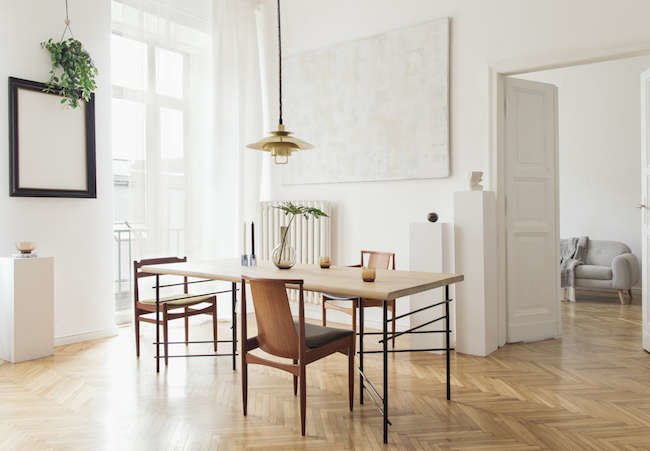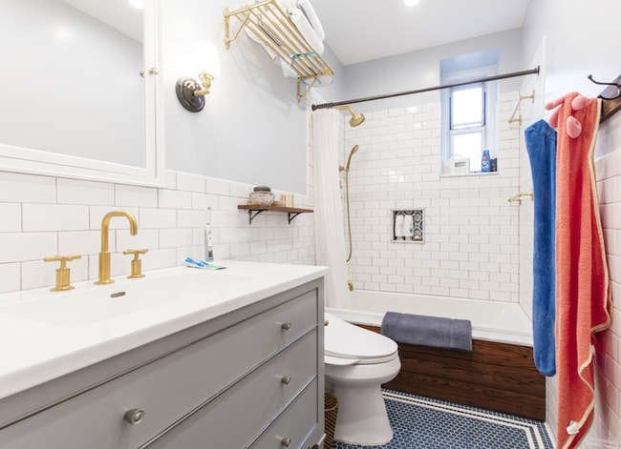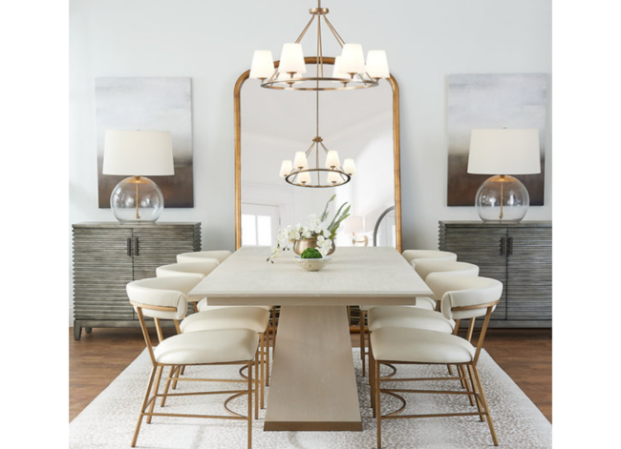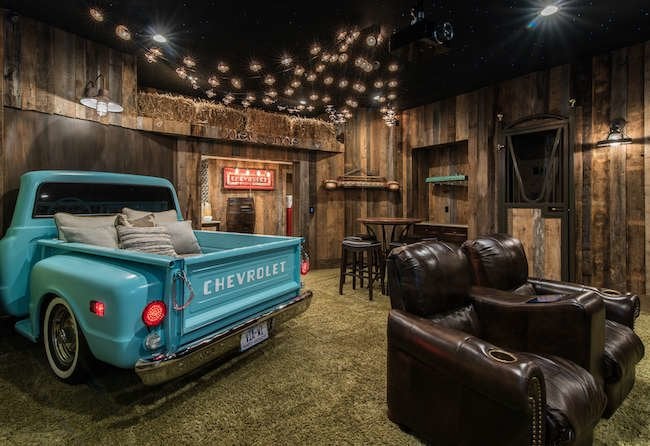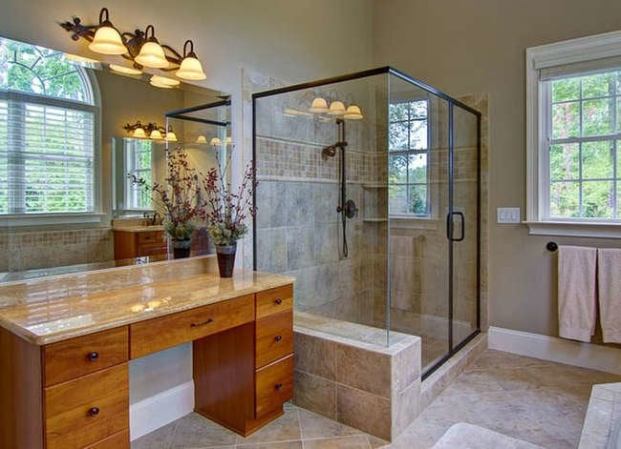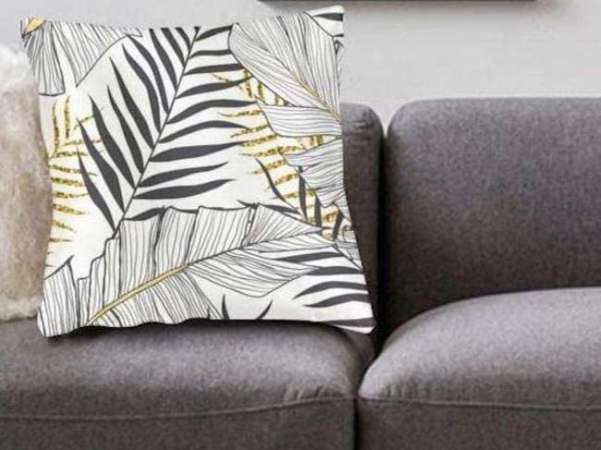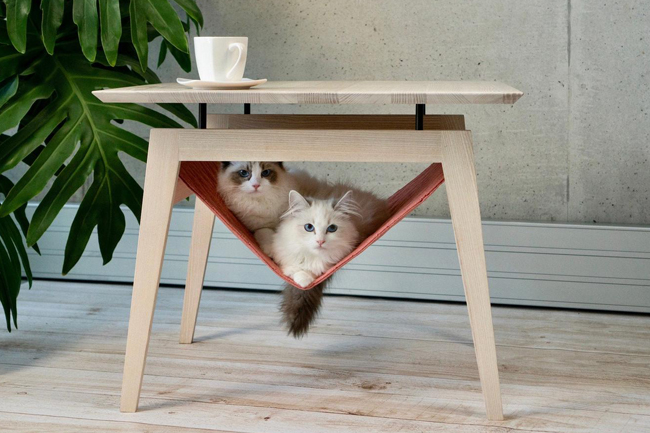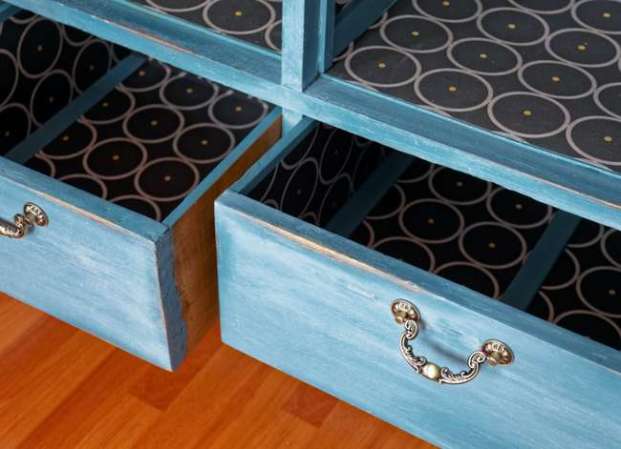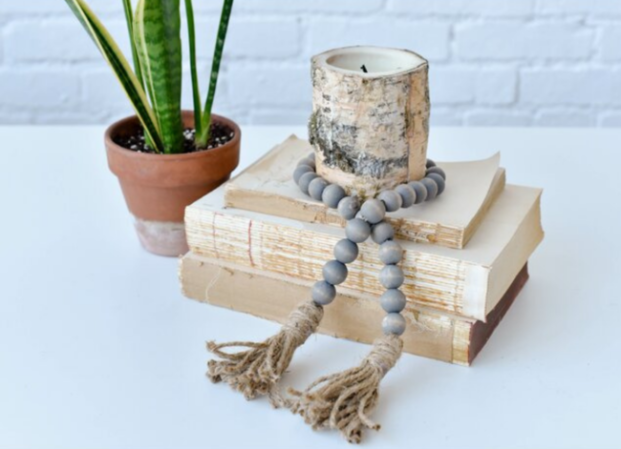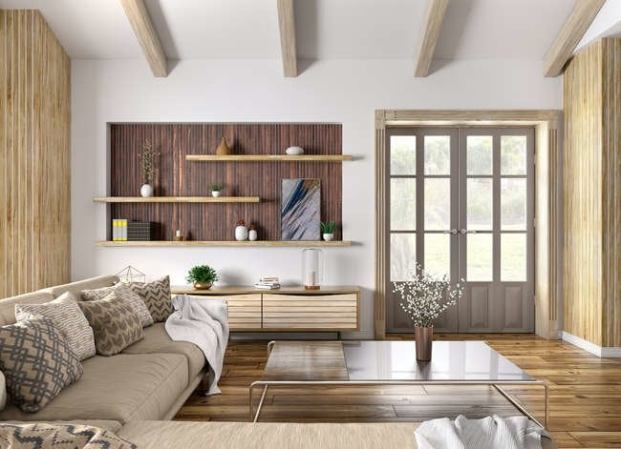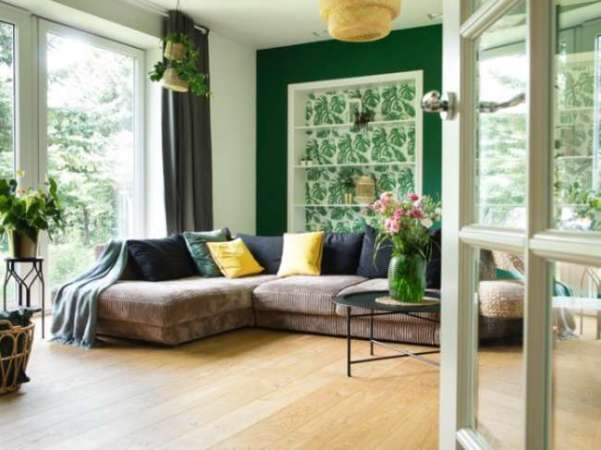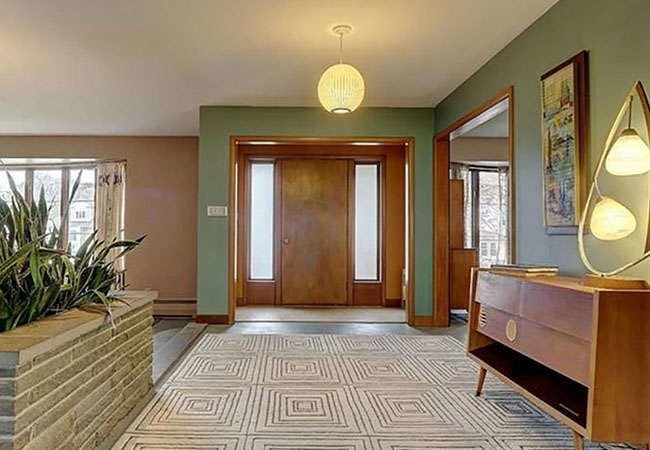We may earn revenue from the products available on this page and participate in affiliate programs. Learn More ›
Ghost Chairs
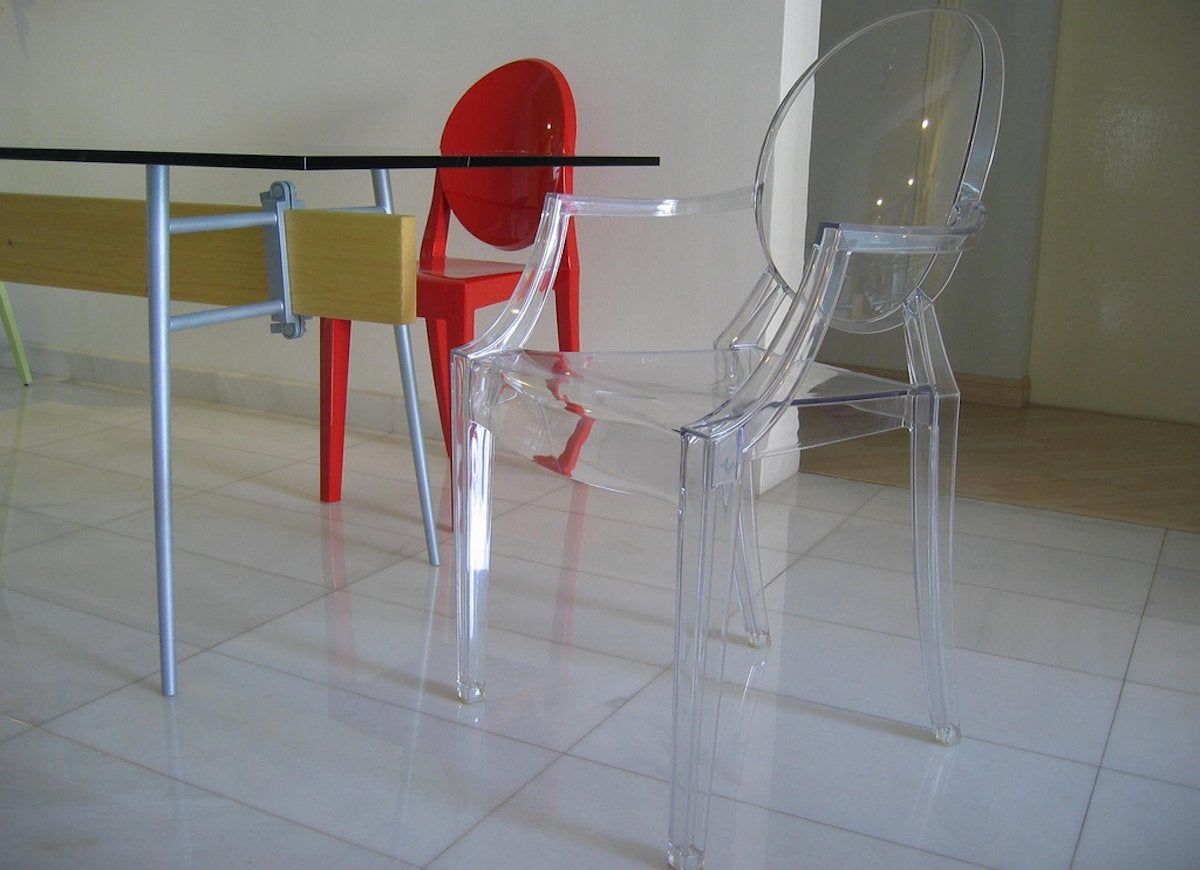
Wikimedia Commons via Starck Ting
Designed by Philippe Starck in 2002, the Louis Ghost chair is a 21st-century twist on Louis XVI-style furniture. The clear, polycarbonate plastic armchair soon became ubiquitous—and overused? Designers are divided on the chair’s eye appeal and practicality, so learn the pros and cons before purchasing.
Bad Taste Turned Good
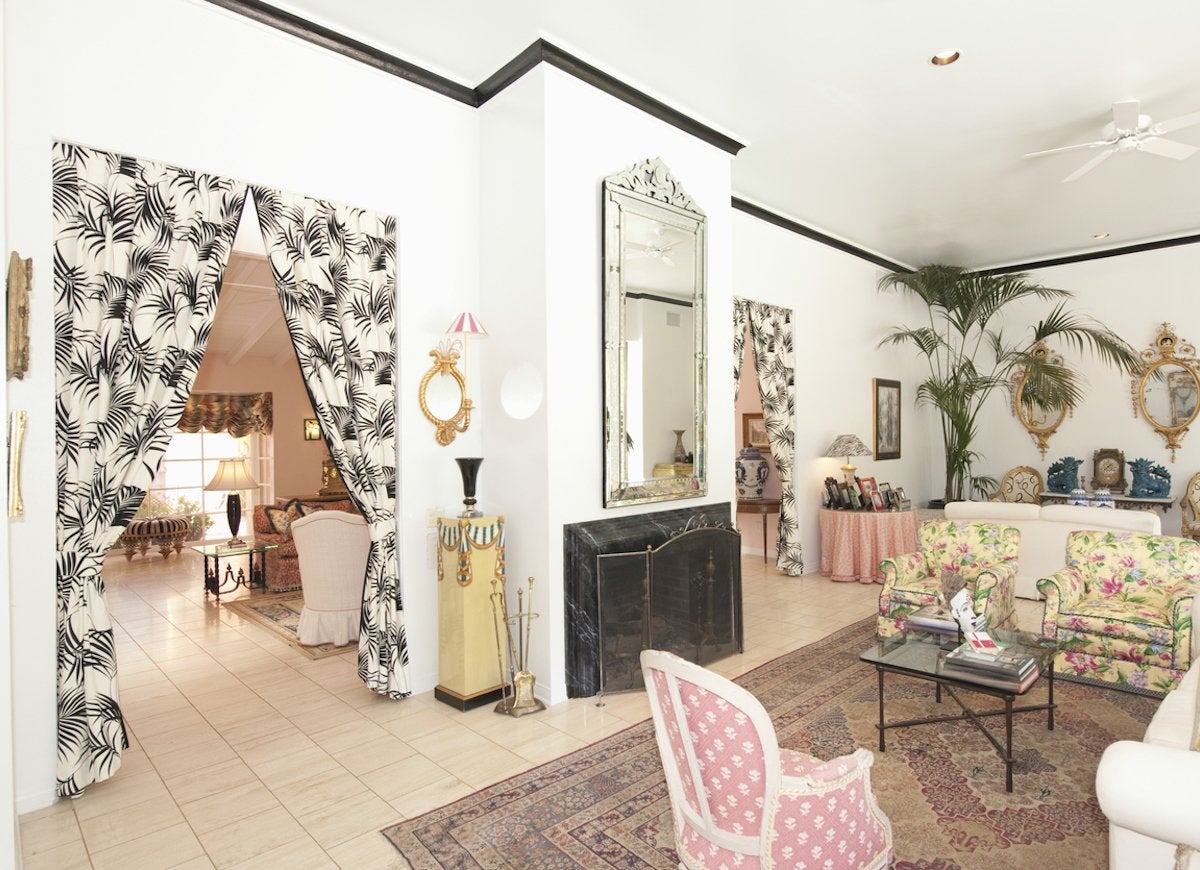
Some call it eclectic. Others call it kitsch. Whatever the word, this boundary-pushing style blends seemingly random, outmoded, and even humorous elements. Done well, it leads to rooms that look creative and playful; overdone, and all that kitsch turns to clutter.
Related: 10 Retro Home Products That Are Roaring Back into Style
Minimalism
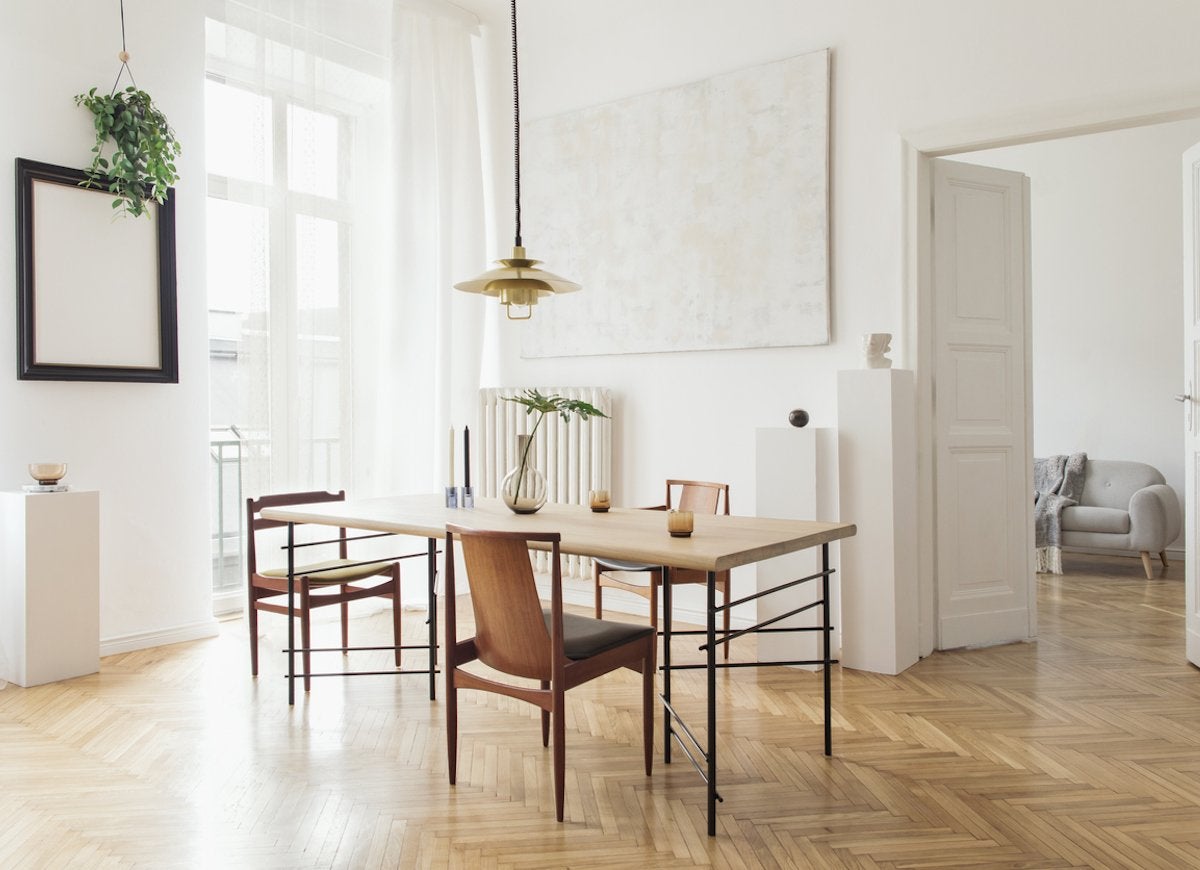
Almost the opposite of kitsch, minimalism is a life philosophy that champions simplicity over stuff. Minimalist design mandates clean spaces decorated with functional, spare furnishings and a few well-chosen objects. Minimalist homes can feel elegant and serene, or sterile, depending on the colors, textures, and lighting used.
Reclaimed and Upcycled

Everyone loves a good deal with a dash of creativity—for instance, a reclaimed park bench that’s been transformed into a cool backyard seating area. But not every flowerpot should be upcycled into a centerpiece. The key is quality. The original piece should be made of durable and beautiful materials, and the restoration work should lift it to a higher level of design and utility.
Mason Jars
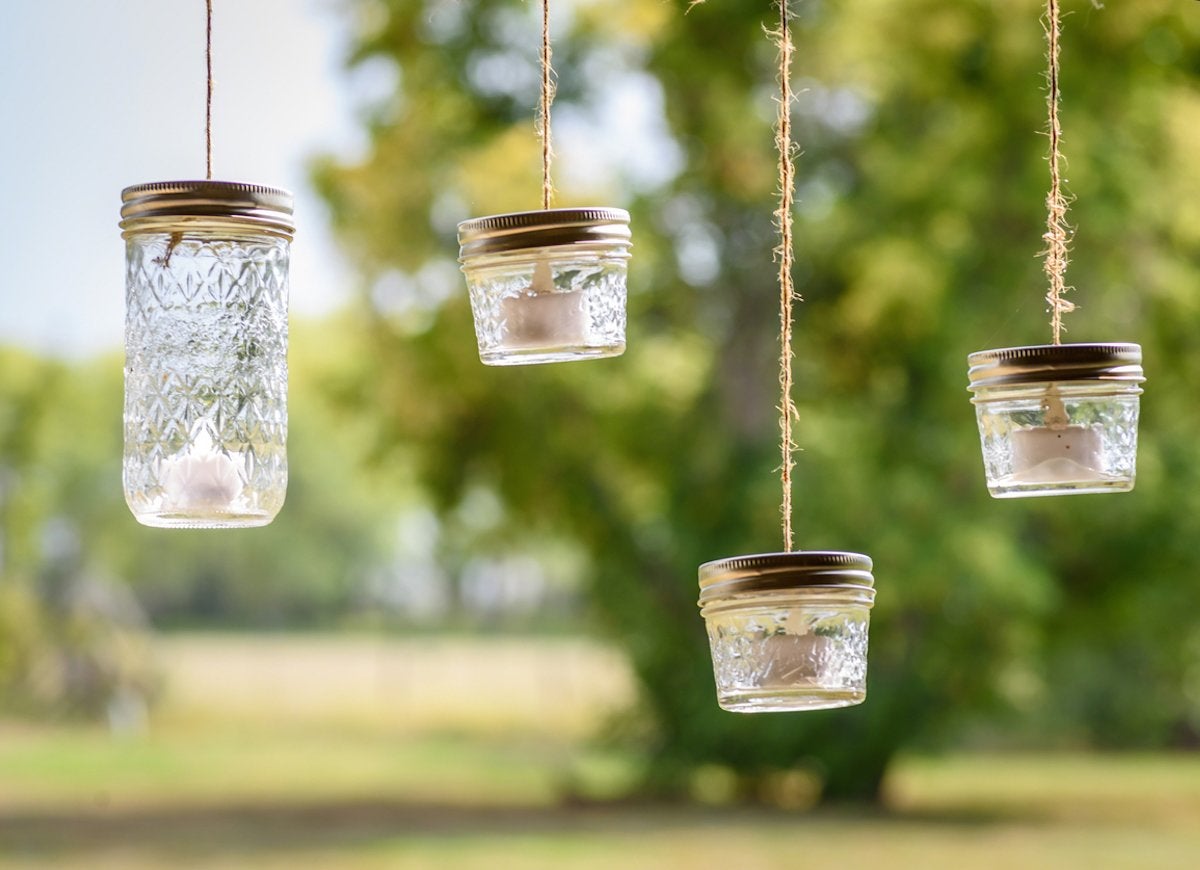
Our grandmothers used mason jars for jams and jellies, but we’ve turned them into hipster decor and drinking vessels. But as with all trends, familiarity can breed contempt. Displaying utensils, candles, plants—you name it—in mason jars can quickly become a cliché. Don’t throw away your glass jars. Just use them in moderation.
Edison Lights

Edison lights, which resemble light bulbs from the early 1900s, have an appealing industrial edge. But the trouble with popular design throwbacks is that they can become overused and unoriginal. For ambience, hang Edison lights low or find a table lamp version. Their warmer, amber filament is perfect for sophisticated soirees
Sectional Sofas
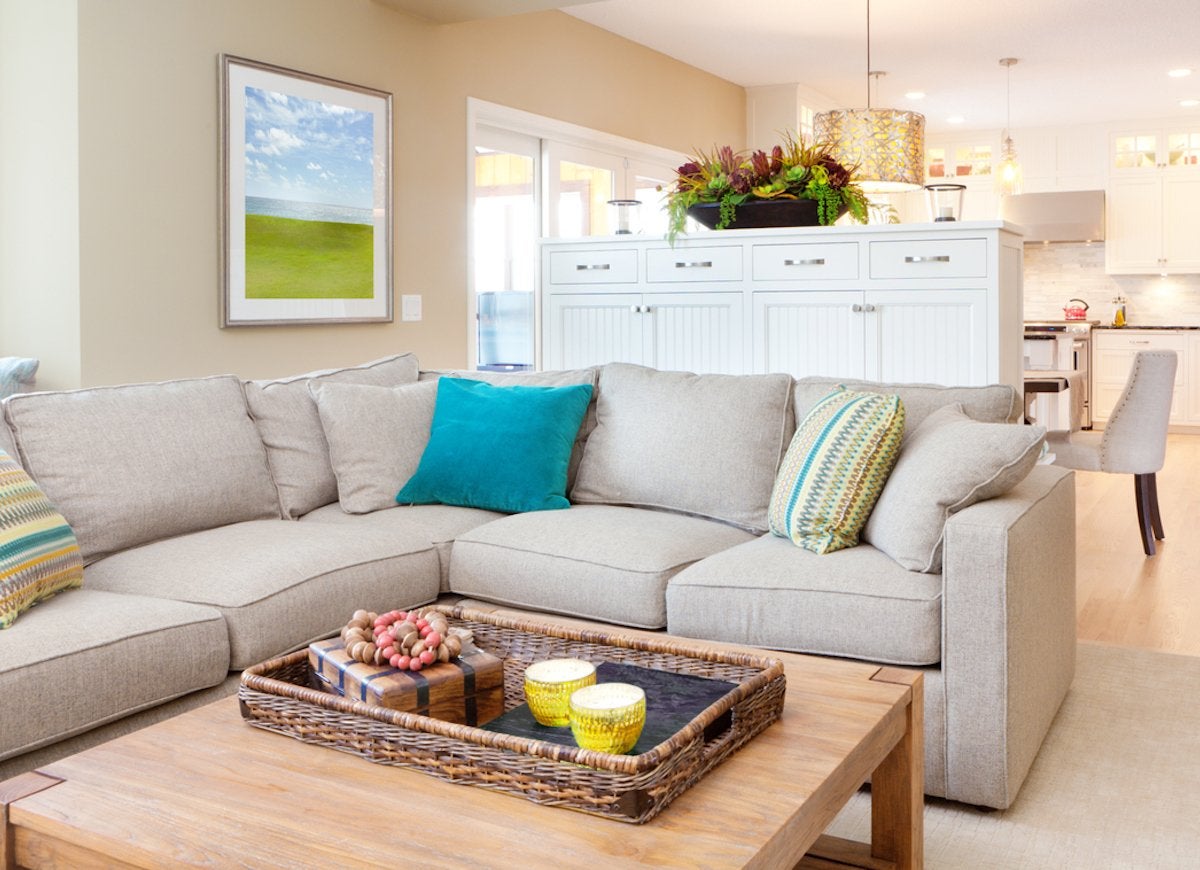
Sectional sofas offer a wealth of comfy seating and mold to the shape of the room. These qualities make them ideal for families and large living spaces. They can also, however, be chunky and a little boring. Make a sectional work for you by finding a sleek design and choosing upholstery that really stands out.
Open Shelving
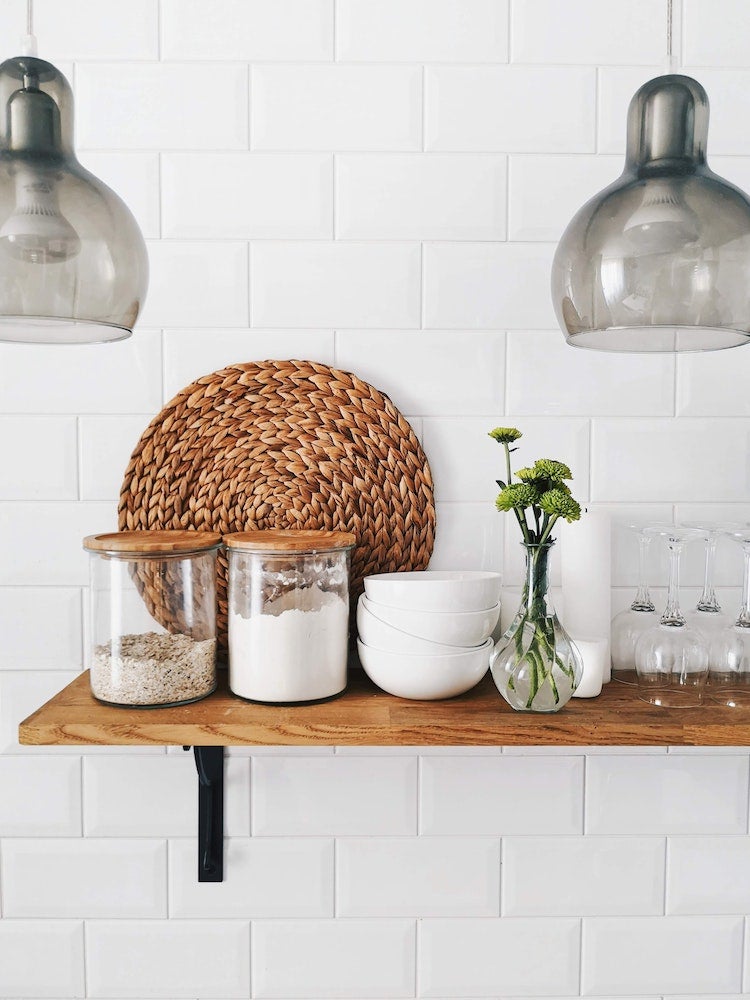
Photo by Uliana Kopanytsia on Unsplash
It’s the modern approach to storage: Get rid of old-fashioned kitchen cabinets and curio cabinets and instead stow your favorite dishes and glassware on open shelving. The problem is, not every item in your kitchen is worthy of the spotlight, and not every homeowner can devise and maintain a picture-perfect display. Also, there are practical issues like dust and grease to contend with. Install open shelving only if it meets your storage and lifestyle requirements.
Monochrome
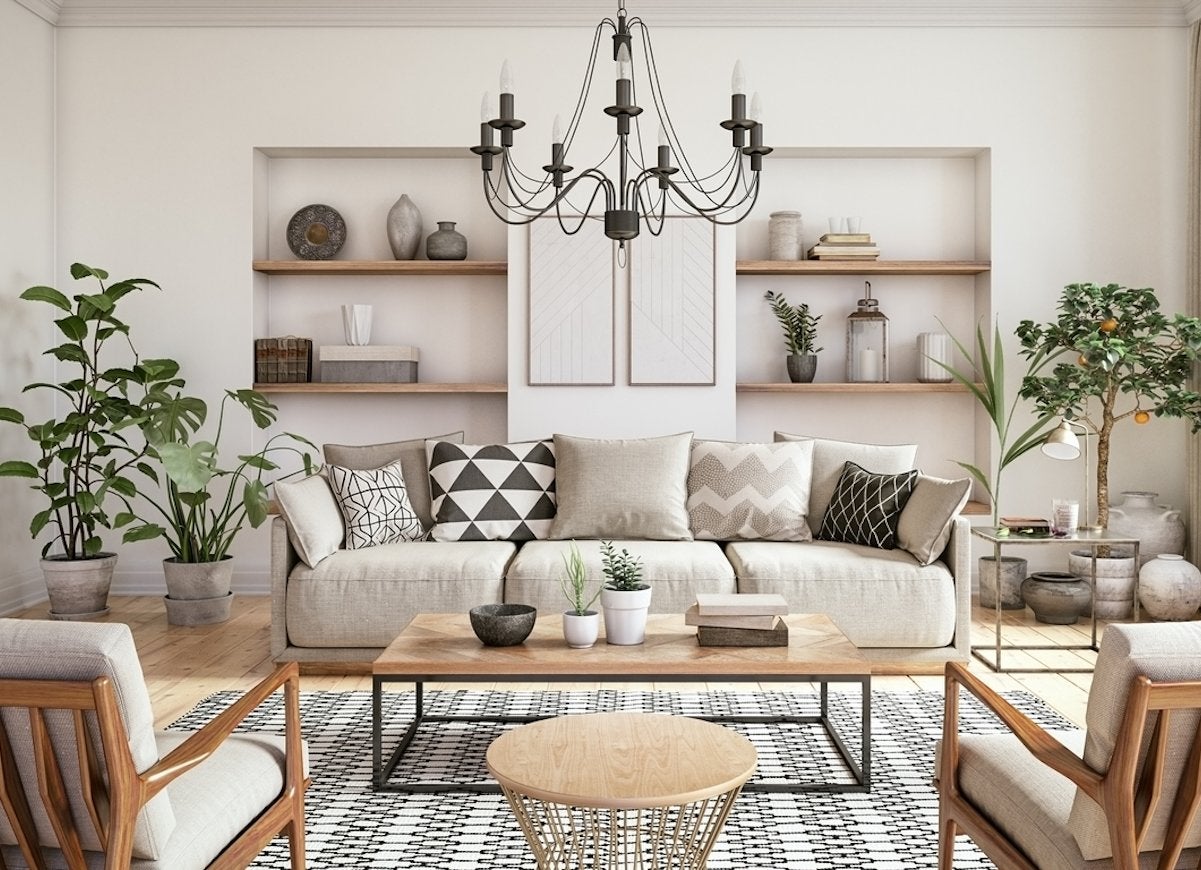
A monochromatic color scheme can evoke calm, clarity, and sophistication. On the downside, a single-hue palette can seem flat, lacking those pops of accent color that add spice to a room. To pull off a monochrome look, mix tones and textures, and incorporate natural elements like plants.
Related: 14 White Rooms We Love
“Ethnic” Decor
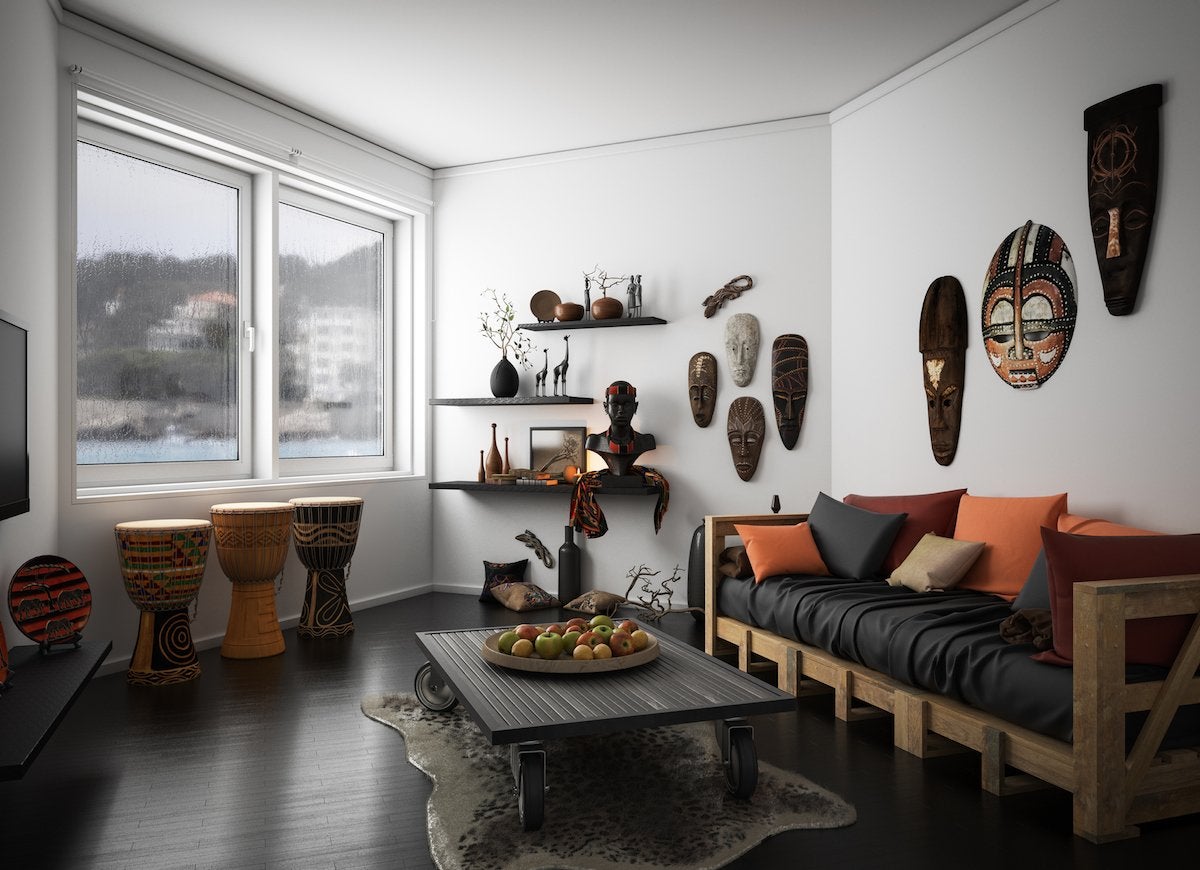
There is a difference between a mass-produced “African” mask divorced from its origins and an actual work of art that has been crafted by local artisans. Many consumers and designers reject cultural appropriation in the form of inauthentic tribal and ethnic decor. Instead, support local artists and craftspeople, and learn the stories that shape their creations.
Related: These Questionable Home Trends Used to Represent Wealth and Luxury
